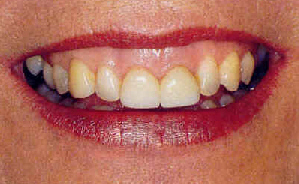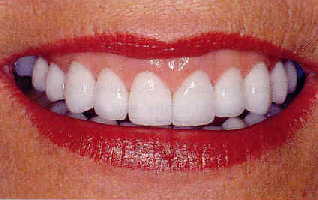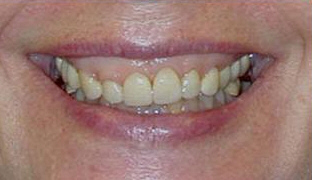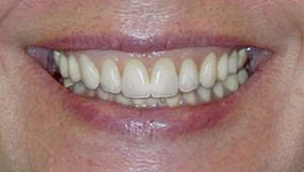Crown Lengthening is a procedure that has many applications.
You are a candidate for this procedure if you wish to "lengthen" the
amount of visible tooth for cosmetic reasons when you think you have a "gummy"
smile or if your dentist has advised you that more tooth structure must be exposed so that
the tooth can be properly restored.




There are several indications for crown lengthening periodontal
surgery.
When the crown of a tooth is badly broken down because of a
cavity or a crack, you may be able either to build up the tooth with a restorative
material and pins or you may have to increase the length of the exposed portion of the
tooth surgically.
Alternately a cosmetic reason for this procedure is to show more
tooth structure. The term "gummy smile" refers to the appearance of too
much gum and not enough tooth structure when smiling broadly. Both of these
conditions are correctable. Here are two examples:
Crown lengthening surgery is essentially similar to other
various periodontal surgical procedures. The area to be treated will be numbed profoundly
with a local anesthetic. After it is determined that the area is fully anesthetized, the
surgery will remove an appropriate amount of tissue to achieve the desired result.
Often a few sutures (stitches are necessary and usually the area is covered with a
putty-like packing material to protect the site for a week. Most patients are back
to work the next day.